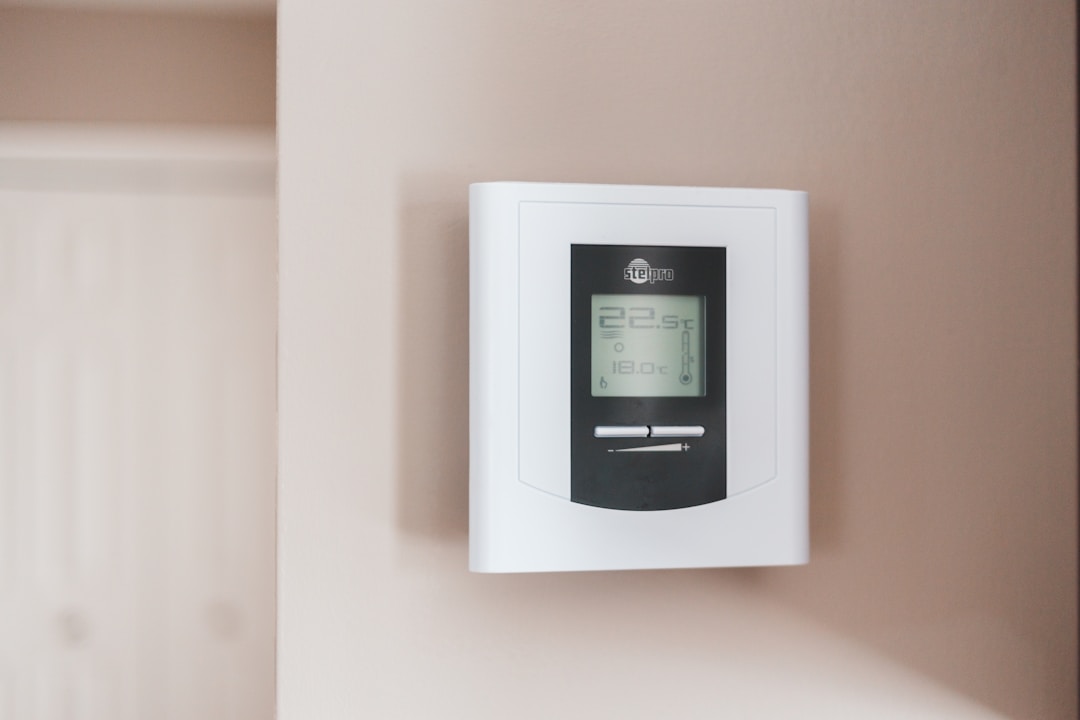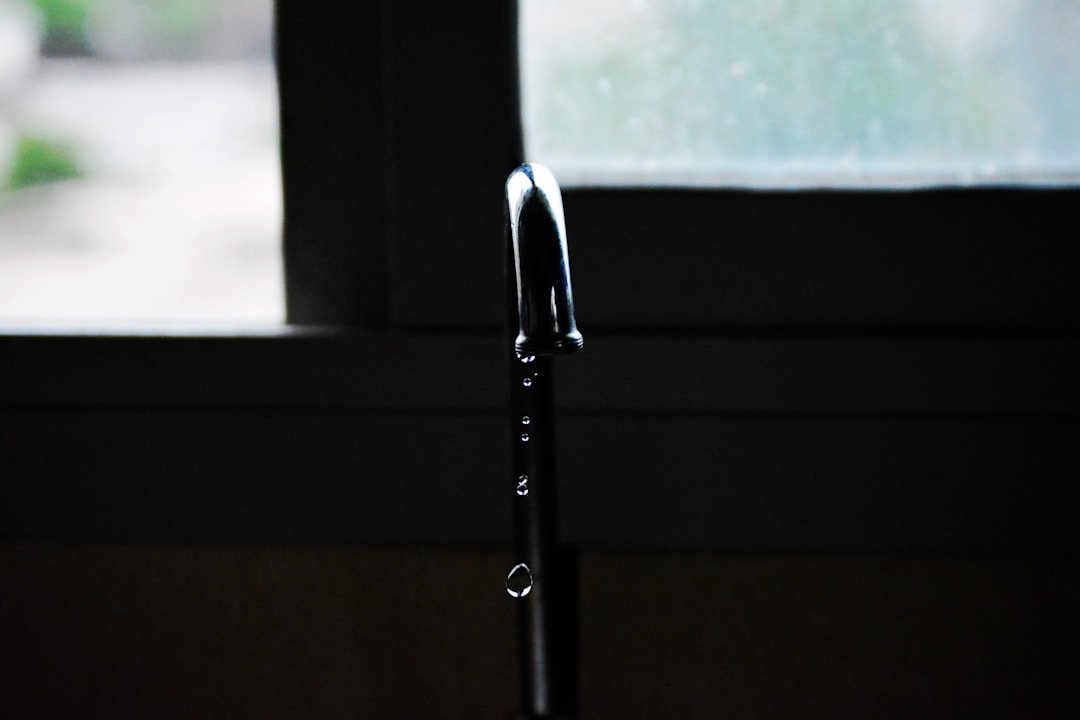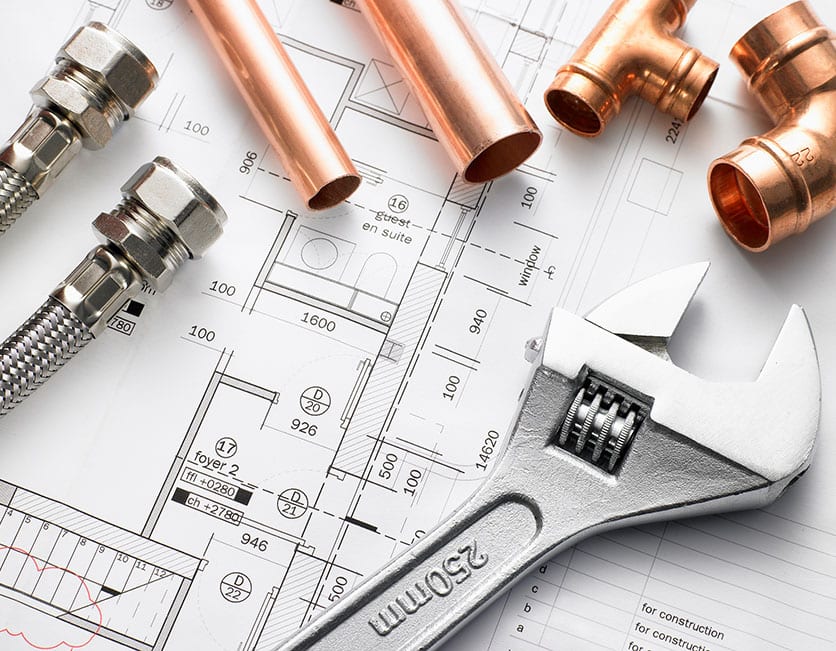Taking care of a building’s a significant task. It involves more than washing windows and sweeping floors. Property owners must maintain critical household systems to ensure the building’s safety and comfort for occupants.
Suppose you buy a house and are advised to monitor your HVAC and plumbing systems for potential issues but aren’t sure what these systems are and how to identify potential concerns. Read on to learn about these systems and signs that could indicate you have an issue with your HVAC or plumbing system.
What’s an HVAC system?

Heating, ventilation, and air conditioning (HVAC) systems adjust the air temperature. Your HVAC system draws air in from the return vents along the ducts. When the air reaches your HVAC unit, it passes through a filter that removes allergens and contaminants. In winter, it enters the furnace, which heats the air. The warm air’s sent back through supply ducts to the supply vents and enters the rooms in the building with open supply vents.
When it’s hot, your HVAC unit follows the same basic steps with one exception. The air conditioner pulls the heat out of the air and distributes cold air. The ventilation system draws in outdoor air, filters it, and replaces stale air inside your building, keeping the indoor air fresh.
What signs indicate there’s an issue with your HVAC system?

Any household system can break down, including your HVAC unit. For example, Malfunctions can happen with your air conditioner from time to time. You may hear loud sounds, such as screeching, banging, buzzing, rattling, or clicking. Any unusual sounds indicate a potential issue with your HVAC unit. Problems with your compressor can cause banging noises, while screeching could be a sign that either your compressor’s motor or your fan’s motor is malfunctioning.
High energy bills can indicate you have an issue with either your furnace or your HVAC unit. A mechanical issue or a faulty thermostat may make your heater or air conditioner work harder to reach an ideal indoor temperature. Another sign of a potential issue is rooms feeling warmer or cooler than they should.
When you identify potential issues, contact your HVAC company. A certified HVAC technician will evaluate your system and identify the issues. Your HVAC technician will perform repairs to ensure your system runs correctly. You should invest in a maintenance contract and have your HVAC company inspect your system every spring and fall.
What’s a plumbing system?

Your plumbing system refers to the pipes that are used to move water and sewage. These pipes connect to fixtures and appliances. Standard plumbing fixtures include bathtubs, showerheads, and faucets, while common appliances include dishwashers and washing machines. Your plumbing system draws water from a well or town water line. Some buildings have water cleaning systems water passes through before entering the building. Water that enters the water heater provides the hot water supply. Sewage pipes remove waste from the building and send it to the local sewage lines or a septic tank.
What signs could mean there’s a problem with your plumbing system?

Common signs you need plumbing services include drainage and water spots on your ceiling. When water drains slowly, it suggests there’s a blockage. Water spots suggest there’s a leak. An unusually high water bill can also indicate a leak. When you suspect a problem with your system, you should contact a plumber in Albuquerque immediately. Leaks can rot through walls, ceilings, and support beams. Your plumber will draw on their years of experience to identify and correct the issue promptly.
Moisture buildup can also cause mold growth, which can cause health issues. While some people may sneeze and cough, mold can also trigger asthma attacks, which is one of the reasons you should address potential plumbing issues promptly.
Your HVAC and plumbing systems perform different tasks. They’re both crucial building systems that property owners must maintain.

